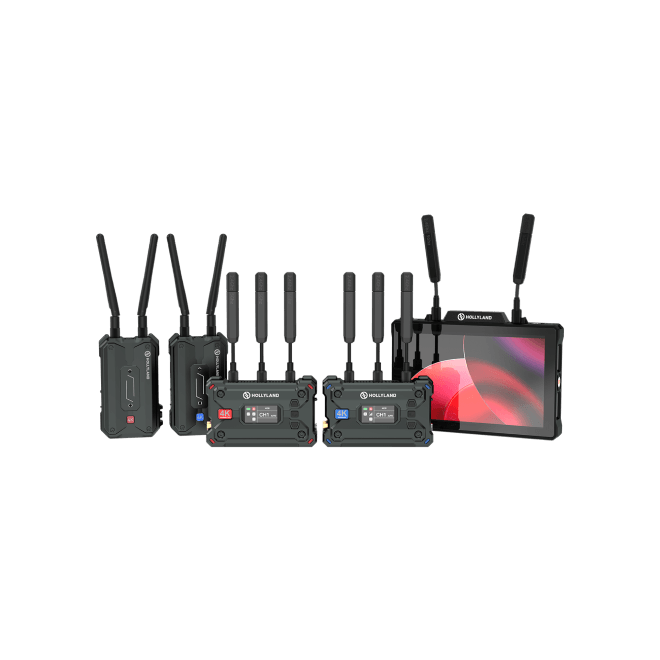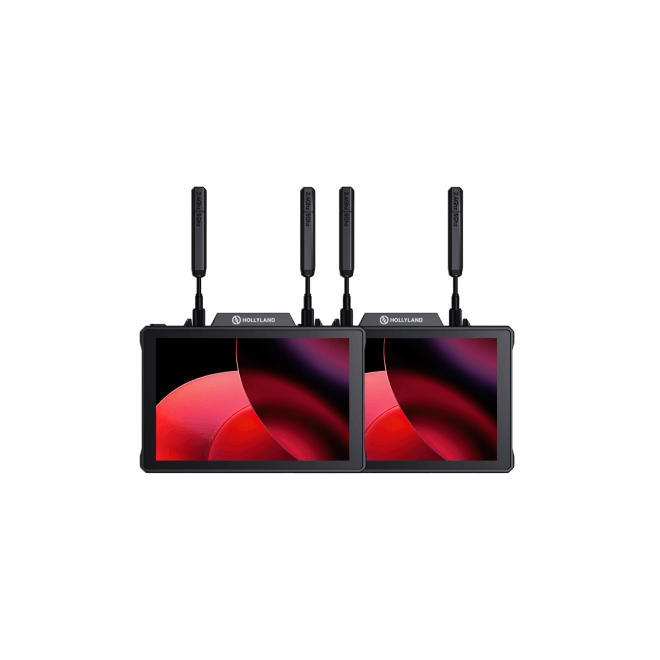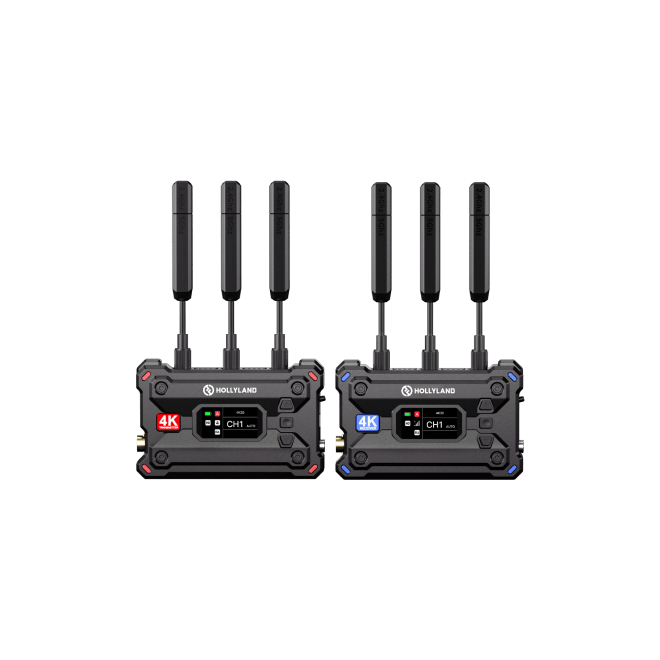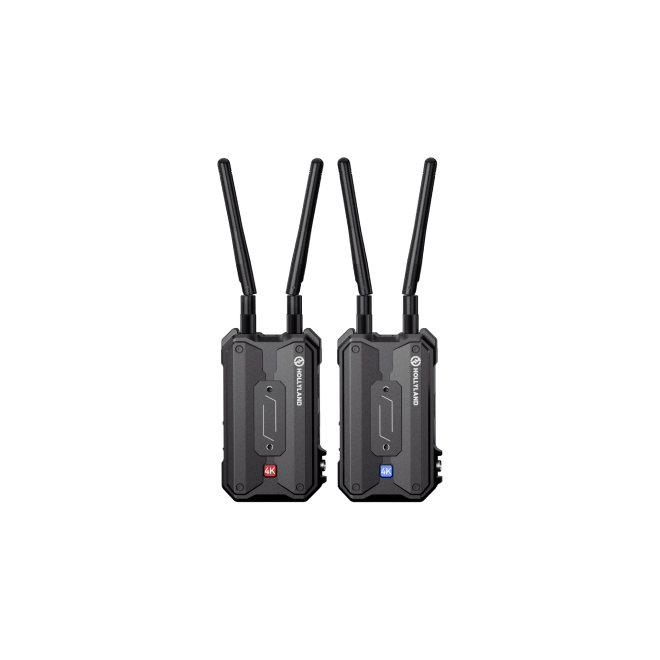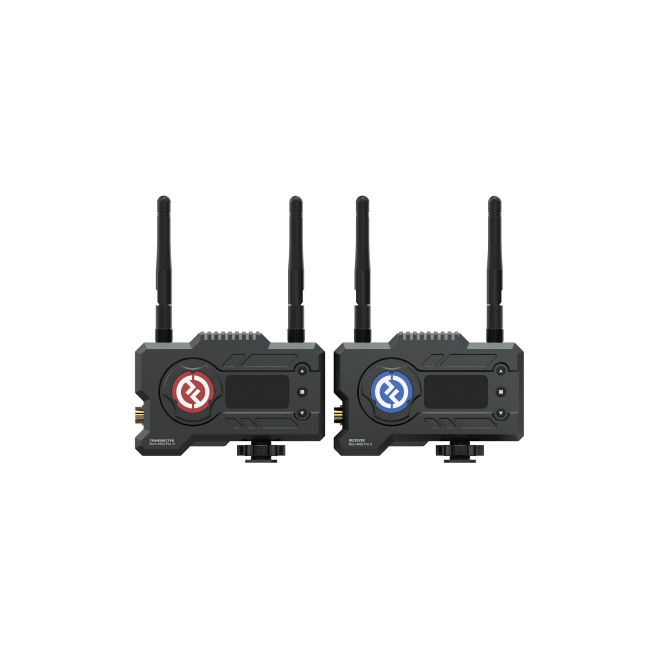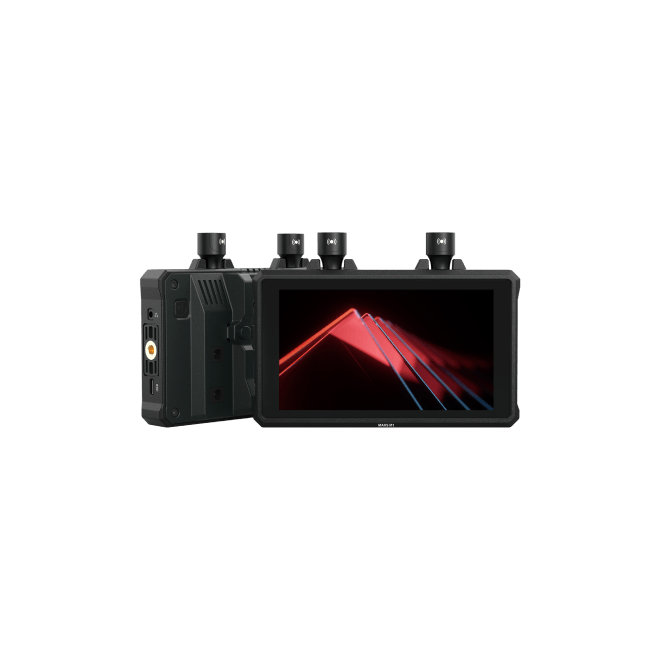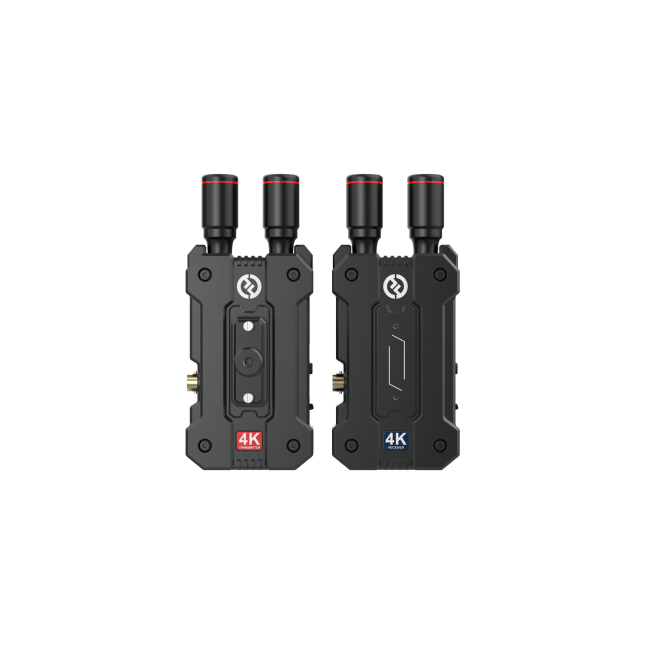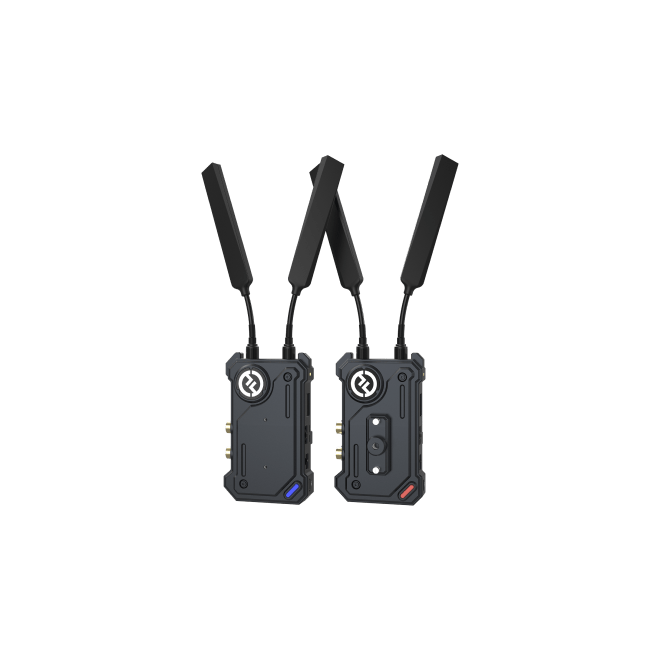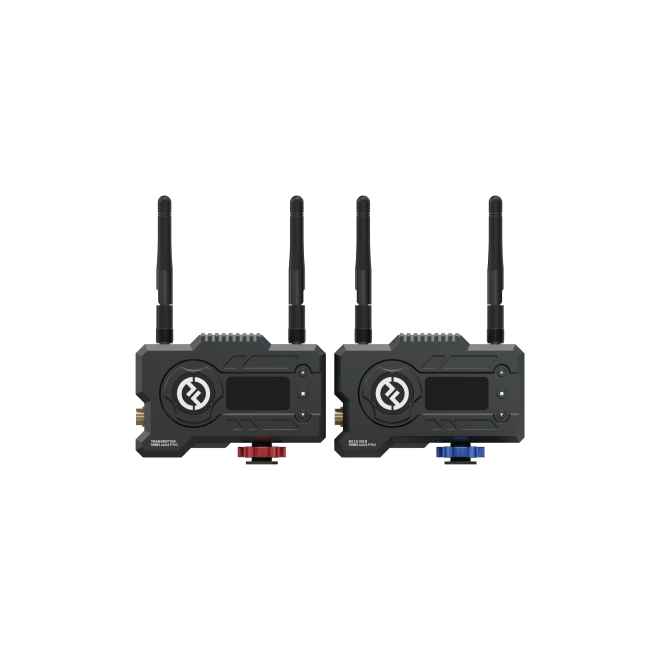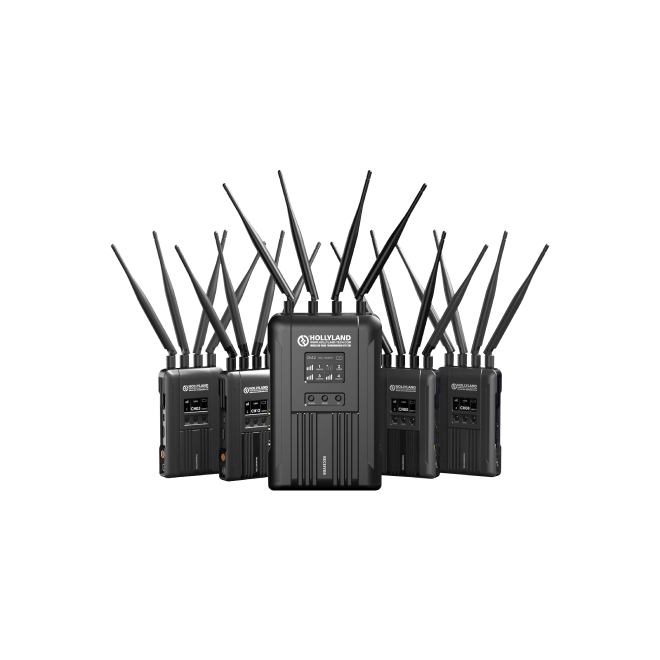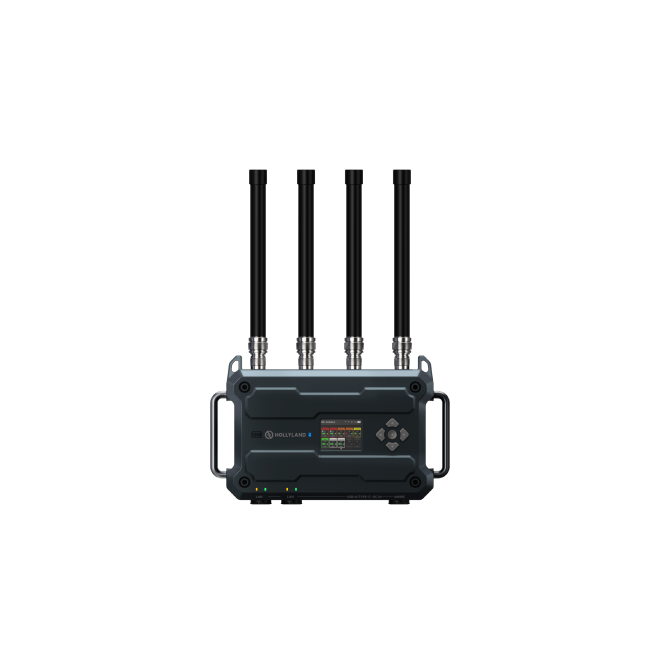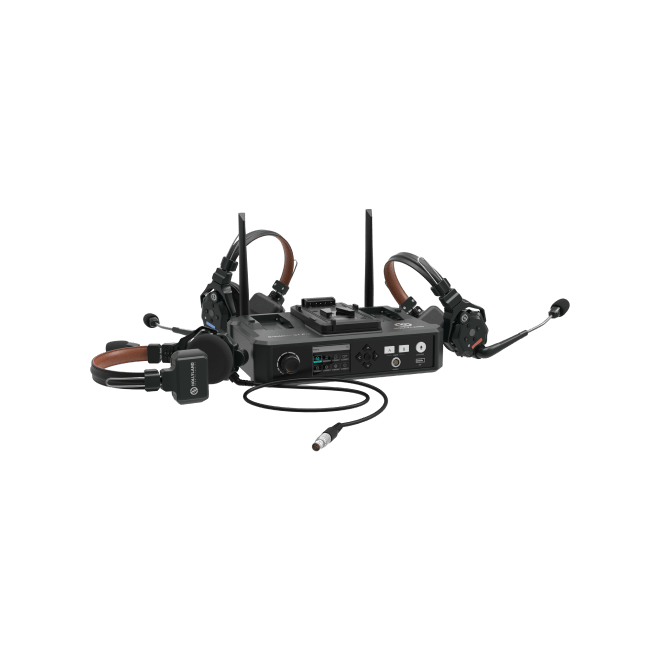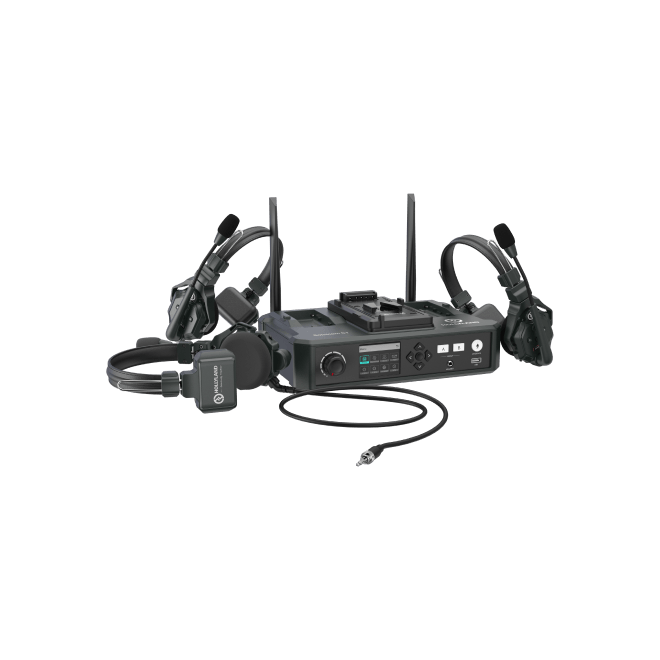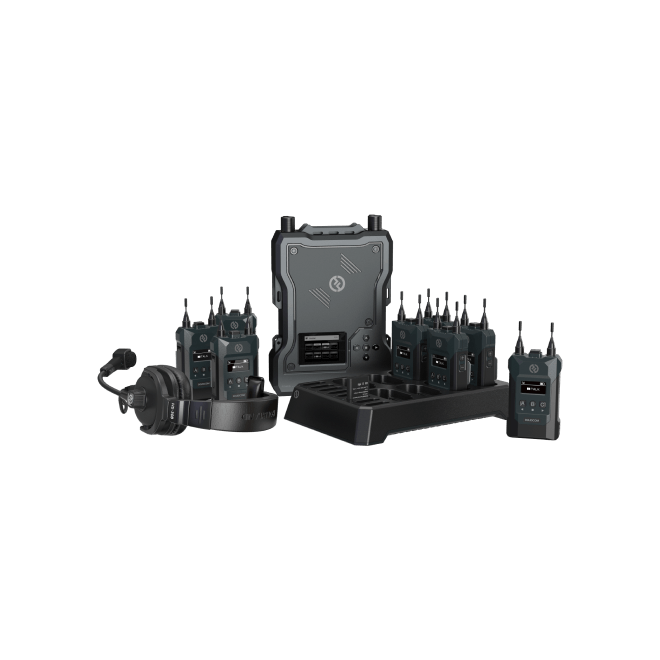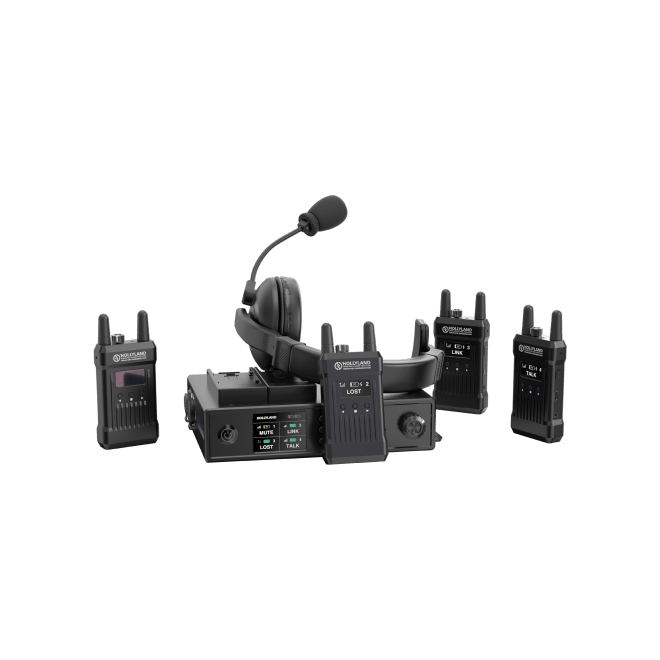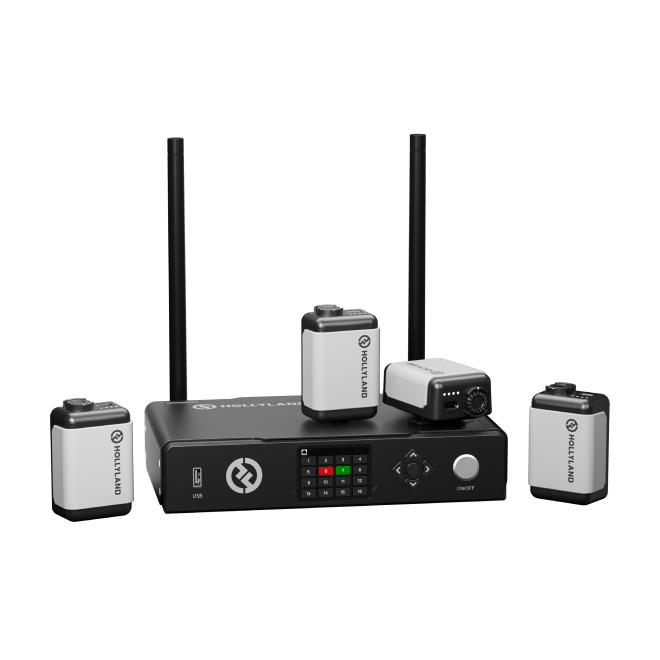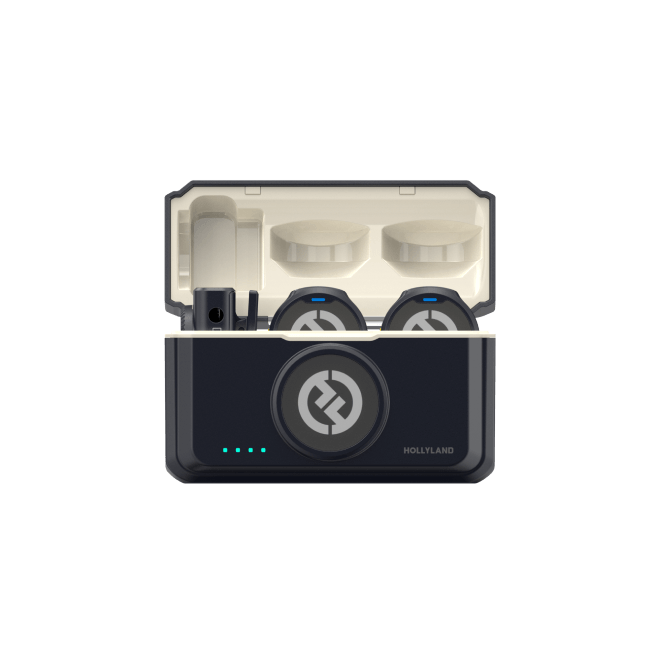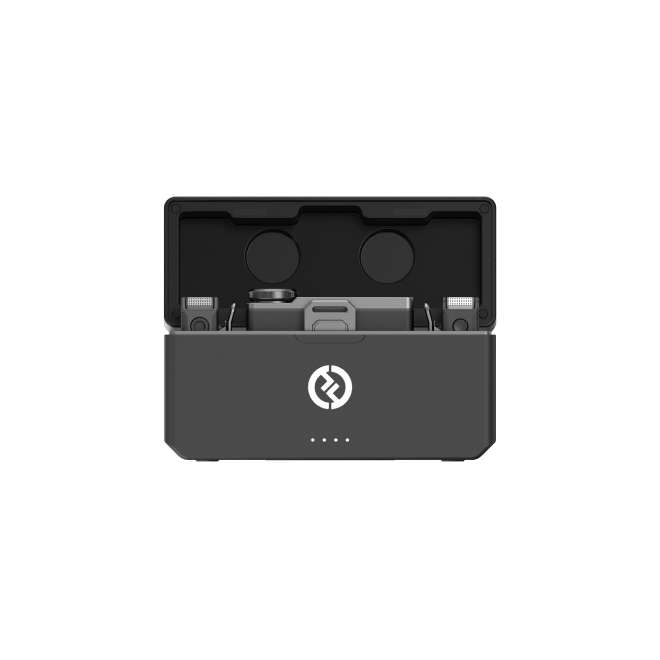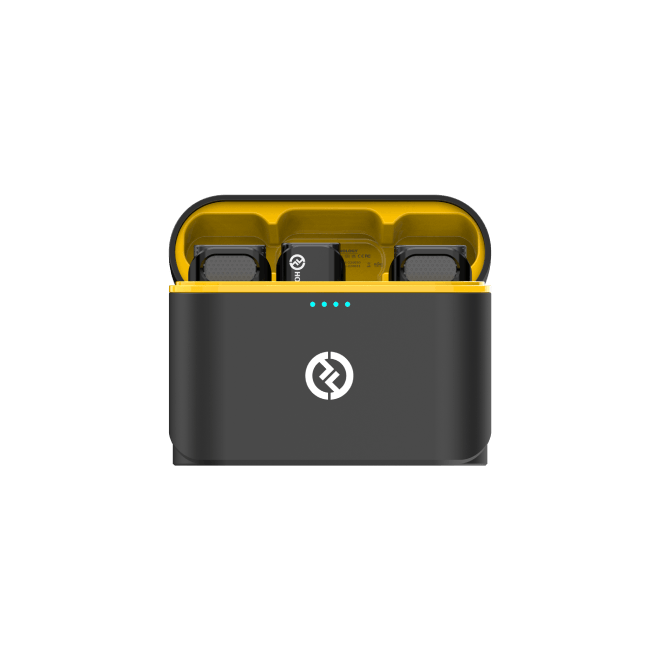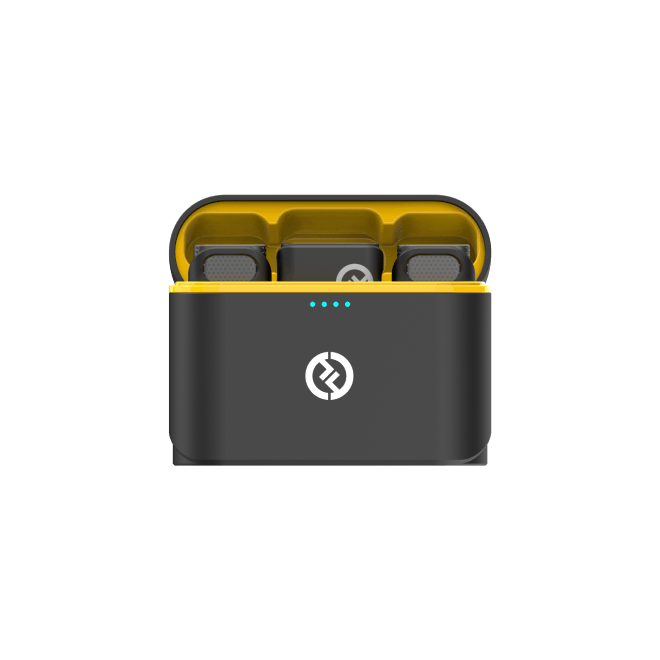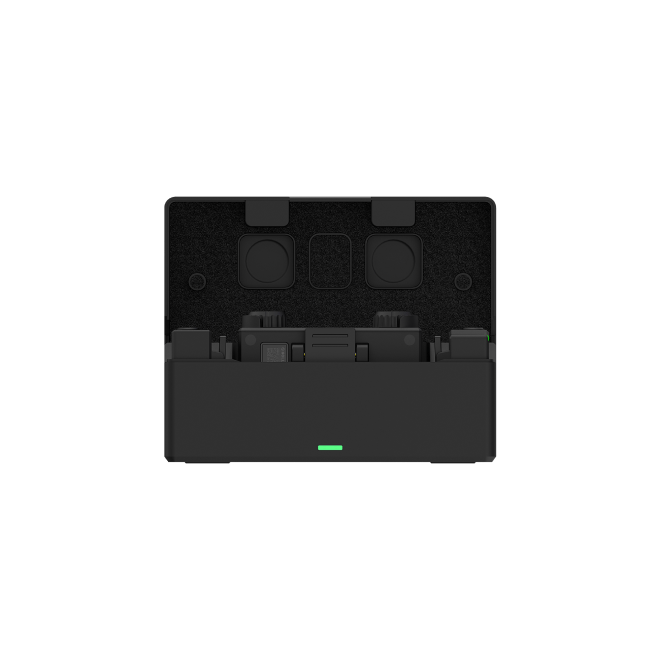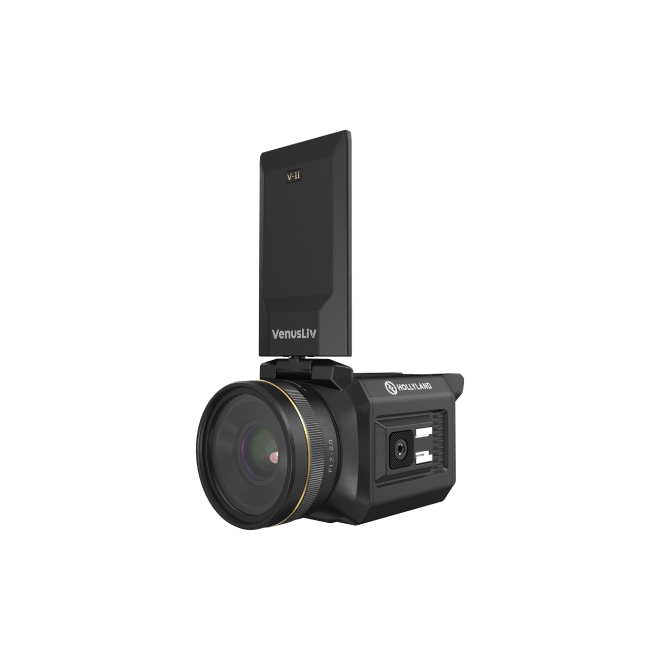SD cards commonly store photos, videos, music, and other digital files. They roll out in multiple capacities, ranging from a few gigabytes (GB) to several terabytes (TB). However, the V60 and V90 are popular classifications within the SD card market, denoting their minimum sustained write speeds. These speeds are crucial for capturing high-resolution images, shooting 4K or even 8K videos.
Moreover, they also ensure smooth data transfer. Well, in this article, we will explore the storage capacities offered by both cards and examine the associated costs. To help you pick the best SD card for your needs, below is the key information to help you make your decision.

Table of Contents
What is V Class in SD Cards?
The V-Class in SD cards stands for Video Speed Class. They start with the letter V and are followed by a number like V6, V10, V30, V60, or V90. These numbers tell us how fast the card can write information in a row, measured in megabytes per second (MB/s). The SD Card Association introduced the Video Speed Class to identify cards capable of handling higher video resolutions and recording features.
The V-Class ensures that the SD card has a minimum sustained performance for recording videos. It is specifically designed to support recording multiple video streams, 360-degree capture, virtual reality content, and videos with 8K and higher resolutions. This means that if you want to capture high-quality videos or use advanced recording features, you must choose an SD card with a higher Video Speed Class.
V60 vs. V90 SD Card – What’s the Difference
SD (Secure Digital) cards are widely used for storage in various devices such as cameras, smartphones, and tablets. However, two popular variants of SD cards are the V60 and V90, each offering different features and capabilities. Below, we will compare the V60 and V90 SD cards across several aspects, including real performance, storage capacity, utilities, and cost.

1. Real Performance
The real performance of an SD card refers to its read and write speeds, which determine how quickly data can be transferred to and from the card. Moreover, the V60 and V90 SD cards are part of the UHS (Ultra High Speed) class but have different speed ratings. The V60 SD card is rated as UHS Speed Class 3 (U3), guaranteeing a minimum sustained write speed of 60 MB/s. However, most of the time, its write speed can reach 120 MB/s and varies from different brand and models.
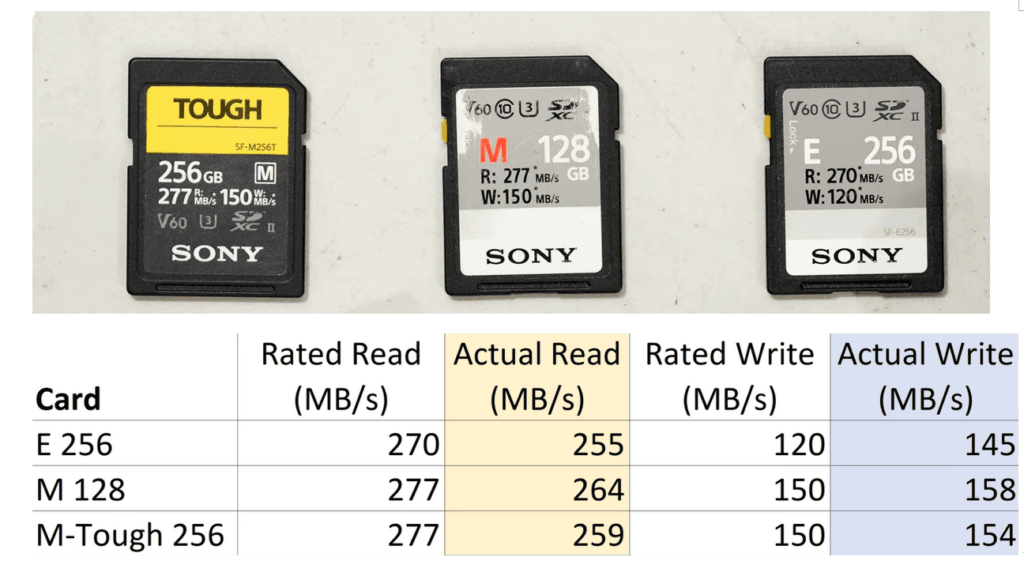
This makes it suitable for capturing high-resolution photos and recording Full HD or even 4K videos. On the other hand, the V90 SD card is rated as UHS Speed Class 3 (U3) but has an additional Video Speed Class 90 (V90) certification. Furthermore, the V90 certification ensures a minimum sustained write speed of 90 MB/s, ideal for capturing high-quality 8K video content. However, most of the time, its write speed can reach 240 MB/s and varies from different brand and models.
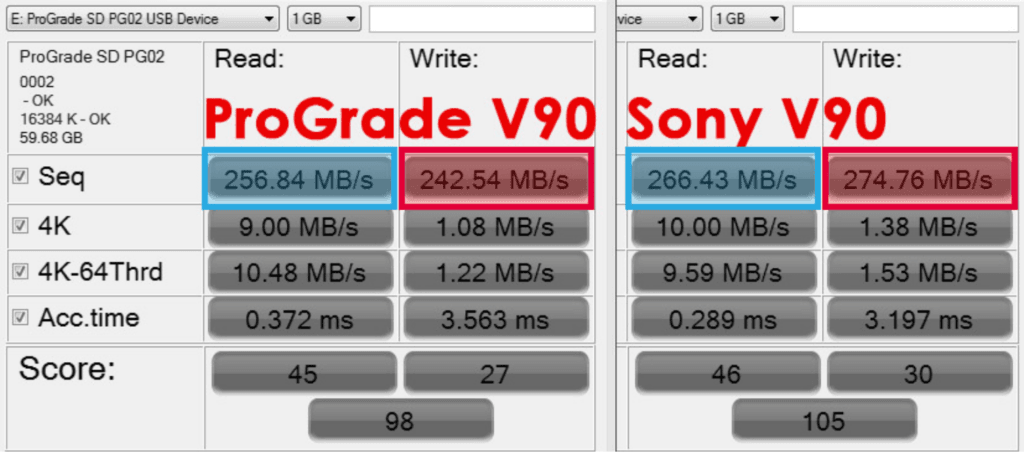
2. Storage Capacity
Both the V60 and V90 SD cards come in various storage capacities to suit different user requirements. SD cards can store different amounts of data. Different SD cards come in varying storage capacities. For example, a few can hold 256 GB or even more, while others have a smaller capacity of around 32 GB. With that, remember the size of the SD card only affects the amount of data and doesn’t impact its performance.
The space you require on an SD card depends on your specific needs. If you frequently capture high-resolution photos or record lengthy videos, you may need a larger SD card with storage options like 128 or 256 gigabytes. Do not forget to make sure that you have enough room to store all your multimedia files without running out of storage.
3. Utilities
These SD cards offer various utilities and features that can enhance the user experience. These utilities can include built-in error correction codes (ECC). This is to prevent data corruption, data recovery software, write-protect switches, and compatibility with different file systems. Both the V60 and V90 SD cards generally provide similar utility features.
But it’s a good idea to look at what the maker says about the stuff to make sure it works with your thing and has any extra things you might want.
4. Cost
SD cards can have different prices depending on things like the company that makes them, how much they can store, and how well they work. Generally, V90 SD cards tend to be more expensive compared to V60 SD cards due to higher performance and certifications. Usually, the V60 SD card with a storage capacity of 256 GB is priced at $109.99, while the V90 SD card with the same storage capacity costs $239.99.
In simpler terms, the V60 card is cheaper than the V90 card, but it has slower speed and performance. Furthermore, comparing prices from different retailers or online platforms is advisable to find the best deal that meets your requirements and budget.
V60 vs. V90 SD Card – Which One is Better?
Now, after we have learned the differences, let’s make a suitable choice between the V60 and V90 SD cards. Focusing on camera compatibility, project requirements, and workflow demands. Learning these factors, we can determine which card is better suited for your specific needs.
1. Camera Compatibility
Different camera models have specific memory card requirements. A few cameras, like the Canon EOS 7D, 70D, and 80D, can use V60 and V90 cards. Likely, they work better with V60 cards. Multiple cameras, such as the Canon EOS R5 and R6, and Sony a7 series cameras, are better with V90 memory cards.
2. Project Requirements
For high-resolution video recording above 4K UHD, most DSLR and mirrorless cameras require V90 cards with higher write speeds. However, if you primarily shoot in 4K UHD or below, V60 cards are sufficient. When capturing stills, consider whether you burst shoot in RAW format and how quickly you need the buffer to clear.
However, to maximize performance in continuous-burst mode, choose the ProGrade Digital V90 card, especially for fast-action and sports photography. Additionally, if you shoot with redundancy or require a faster card for the second slot, a V90 card is necessary.
3. Workflow Demands
Your workflow plays a crucial role in selecting the appropriate memory card. Even if your projects don’t technically require it, a faster card can be beneficial in certain situations. For example, if you shoot in lower resolutions but need to transfer files quickly on set, the 40% faster data transfer of V90 cards can be advantageous.
Similarly, if you have tight deadlines, multiple shoots, and generate large amounts of data, a faster V90 card can be a lifesaver. However, if your camera and projects don’t specifically demand it, the ProGrade Digital V60 cards are reliable and perform above their specifications.
At the end, while comparing the V60 and V90 SD cards, the V90 SD card stands out as the better option. In terms of performance, the V90 SD card offers significantly faster write speeds. With a minimum sustained write speed of 90 MB/s, it outperforms the V60’s 30 MB/s. This makes the V90 SD card ideal for efficiently capturing high-quality 8K videos.
Learn More About SD Card Types and Speed Definition
When it comes to SD cards, there are several types available. Each with its own specifications and storage capacities. Let’s explore the different types and their speed definitions below.
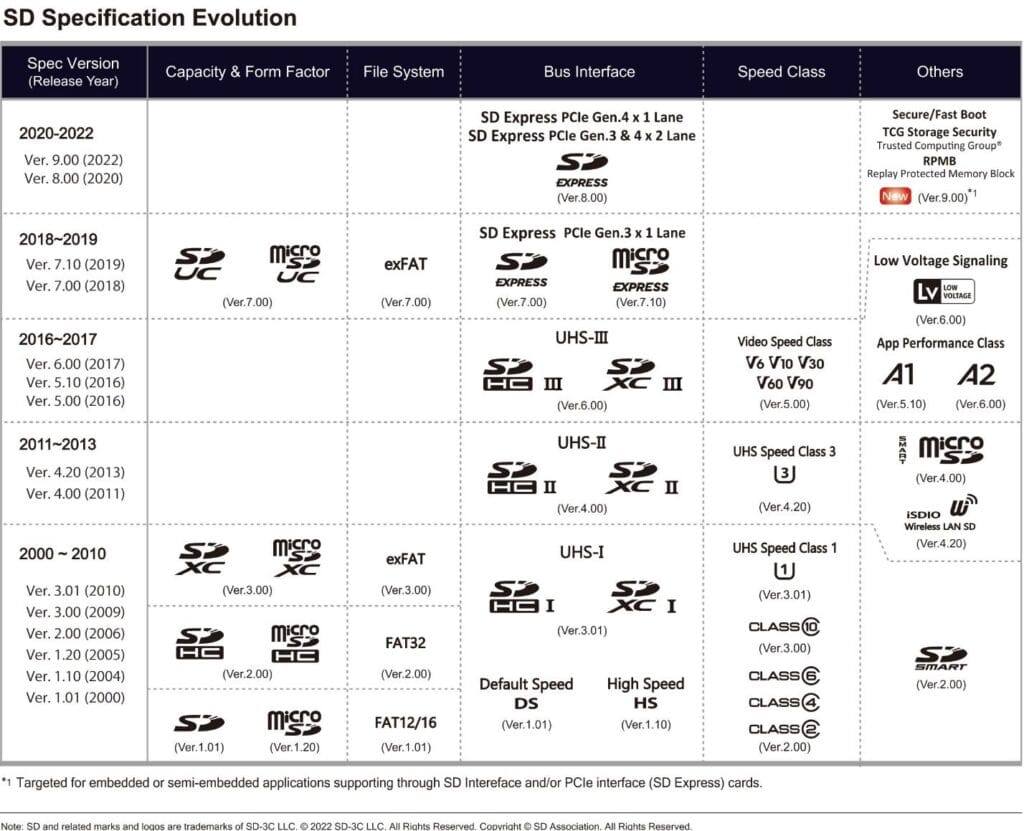
Card Types
First, let us look at the different types of SD Cards available in the market. Also, know about their storage capacities:
1. SD Cards (SDSC)
SD cards, also known as SDSC cards, were the original type of SD cards. They have a storage capacity of up to 2GB and are formatted with FAT12 and FAT16 filesystems.
2. SDHC Cards (Secure Digital High Capacity)
SDHC cards are designed for higher capacity needs, ranging from over 2GB to 32 GB. They use the FAT32 filesystem and support individual files up to a maximum of 4GB.
3. SDXC Cards (Secure Digital eXtended Capacity)
SDXC cards are suitable for larger storage requirements, ranging from 32GB to 2TB. They use the exFAT file system, allowing for massive individual file sizes.
4. SDUC Cards (Secure Digital Ultra Capacity)
SDUC cards are a newer specification designed for ultra-high storage capacities. They cover a range from 2TB up to 128 TB. However, SDUC cards have yet to be widely available, requiring specific device compatibility.
| BUS Speed Class | Maximum Bus Speed | Compatibility |
| Default Speed Class (DS) | 12.5 MB/s | SD / SDHC / SDXC / SDUC |
| High Speed (HS) | 25 MB/s | SD / SDHC / SDXC / SDUC |
| Ultra-High Speed I (UHS-I) | 50–104 MB/s | SDHC / SDXC / SDUC |
| Ultra-High Speed II (UHS-II) | 156–312 MB/s | SDHC / SDXC / SDUC |
| Ultra-High Speed III (UHS-III) | 312–624 MB/s | SDHC / SDXC / SDUC |
| SD Express | 985–3940 MB/s | SDHC / SDXC / SDUC |
Speed Definitions
SD cards also have speed class ratings that indicate their performance capabilities. Here are the different speed classes and what they mean:
1. Speed Class (C10, C6, C4, or C2)
The Speed Class rating was the original system and is denoted by a “C” followed by a number (10, 6, 4, or 2). Secondly, it indicates the minimum sustained write speed in MB/s. For example, a C10 card has a minimum sustained write speed of 10MB/s.
2. UHS Speed Class (U3 or U1)
UHS Speed Class ratings are an updated system, denoted by a “U” followed by a number (3 or 1). U3 cards have a minimum sustained write speed of 30MB/s, suitable for 4K video recording. U1 cards are designed for real-time broadcasts and HD video with a minimum serial write speed of 10MB/s.
3. Video Speed Class
Video Speed Class is the most recent system, denoted by a “V” followed by a number (90, 60, 30, 10, or 6). The number represents the minimum sustained write speed in MB/s. For example, a V90 card has a minimum sustained write speed of 90MB/s and is ideal for capturing high-quality 8K video.
Final Words
Summing up, we have discussed the differences between V60 and V90 SD cards. The “V” class refers to the video speed class, indicating the minimum sustained write speed required for video recording. The V90 cards offer higher performance and are better suited for recording high-resolution videos, especially in professional settings.
So, when choosing between V60 and V90 SD cards, consider your specific needs, such as the type of recording, storage capacity requirements, and budget constraints.
Frequently Asked Questions
1. What is the fastest SD card class?
The fastest SD card class is Class 10. This means that it has a minimum sustained write speed of 10 megabytes per second. Class 10 cards are suitable for tasks that require fast data transfer, such as recording high-definition videos, capturing rapid-fire photos, or transferring large files quickly.
2. Which is Better Class 1 or Class 10 SD card?
When comparing Class 1 and Class 10 SD cards, Class 10 is generally considered better. The slowest card is called Class 1, and it can write at least 1 megabyte per second. On the other hand, the faster card, Class 10, can write at least 10 megabytes per second. Therefore, Class 10 cards offer significantly faster data transfer rates, making them preferable for tasks.
3. Is SanDisk Extreme better than Ultra?
Yes, SanDisk Extreme is generally better than SanDisk Ultra. Both are product lines from SanDisk, a well-known brand for memory cards. However, the Extreme series is designed to offer higher performance and greater durability compared to the Ultra series.
